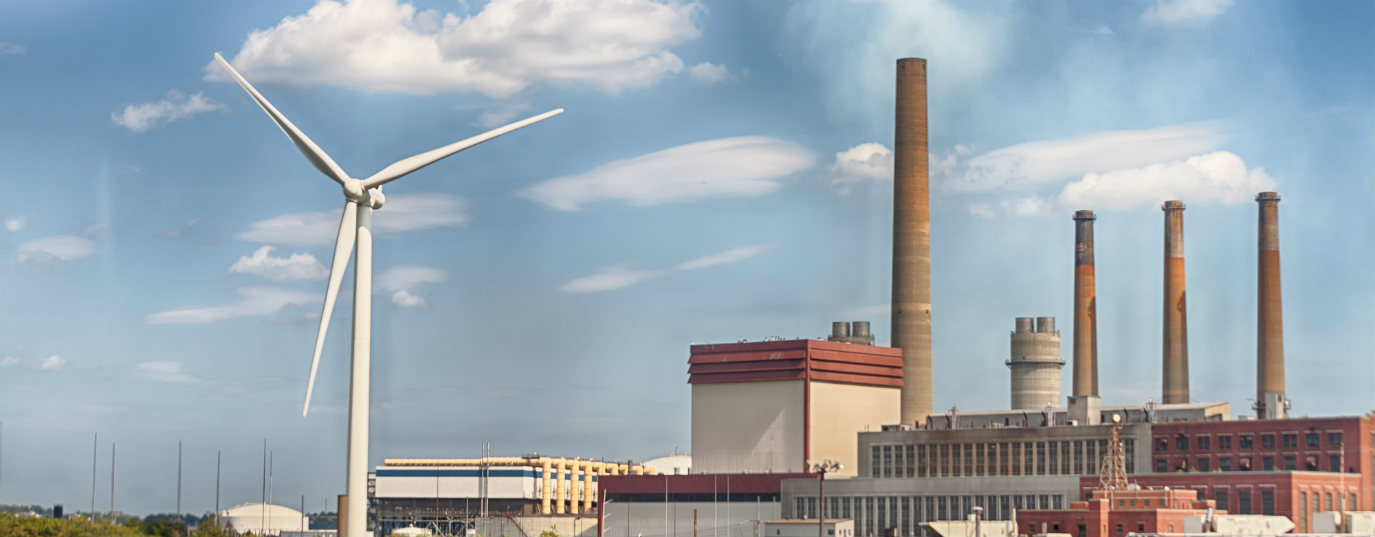Carbon pricing
The price of carbon is an efficient mechanism in the fight against climate change, find out how it helps to reduce greenhouse gases emissions
In the fight against climate change, one of the mechanisms that has proven to be more efficient in recent years is the carbon price. This concept is borne out of the need to take into account the environmental, social and economic damage caused by the emission of polluting gases, what economists call “assuming a negative externality”.
Today we know two things: the first is that emitting greenhouse gases damages our health, the environment and thus the economy, and; the second is that the emission of these gases is continuing, in most countries without any cost to those responsible.
How can we solve this? Assigning a price to greenhouse effect gases will help redirect investment by government and companies toward less polluting production and consumption models.
The first attempt to quantify monetarily the cost of emitting polluting gases was made by the creation of emission markets, where a maximum permitted volume of emissions was fixed. The first emissions markets were created in the United States to regulate nitrogen oxide and sulfur dioxide emissions.
The origin of carbon pricing
On the basis of this experience, the Kyoto Protocol agreed to create a world carbon dioxide emissions market, in which countries and companies could buy and sell certificates of emission based on whether they emitted greenhouse gases or helped reduce emissions through renewable energy.
For example, the European Union Emissions Trading System is the largest carbon market in the world, representing more than three quarters of the international trade in carbon. This market limits the emissions of 11,000 power stations and big industrial plants owned by 5,000 companies.
On the other hand, governments can tax emissions. A tax, unlike the emissions market, fixes a price on the emission. The Canadian province of British Columbia in 2008 set a carbon tax and reduced fuel consumption seven times more than the local government expected. This permitted it to cut other taxes on personal income and companies.
Voluntary self-assessment of the carbon price
Many companies that are not subject to a regulated emissions market also impose a carbon price on themselves voluntarily. How do they do this? There are two ways: the first is to evaluate the possible cost that the imposition of a tax on emissions could have, so as to redirect future investment (known as a shadow price).
The second defines the price of offsetting, resulting from buying Certified Emission Reductions awarded when they carry out social and environmentally-responsible projects in emerging economies. These tools carry an indication of price, so that they serve as a motor for implementing measures to improve the efficiency of the company, for example innovative technologies or the purchase of green energy.
As you can see, establishing a carbon price has numerous benefits:
- It puts a monetary cost on emissions, making polluters responsible
- It reveals hidden costs and redirects investments toward social and environmentally-responsible projects
- It incentivizes energy efficiency measures
- Promotes innovation in clean technologies, and
- Helps polluters to compensate economically, socially and environmentally for the impact of their emissions.
To sum up, it reduces polluting emissions and limits global warming.
The assignation of a carbon price makes polluters responsible and helps reduce emissions. We should not forget, however, that it is an effective tool only if the price assigned to the emission is high enough to mobilize investments toward non-polluting businesses.
In this video we explain what is the price of carbon and how it works:







